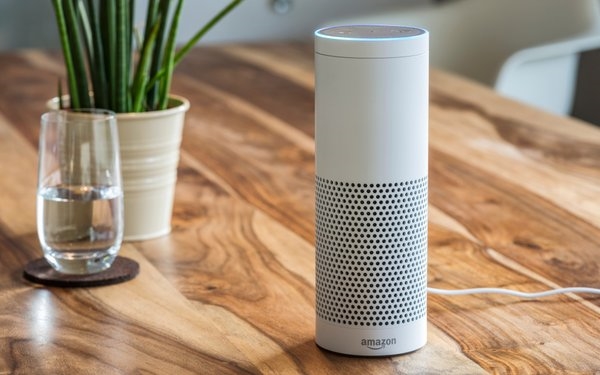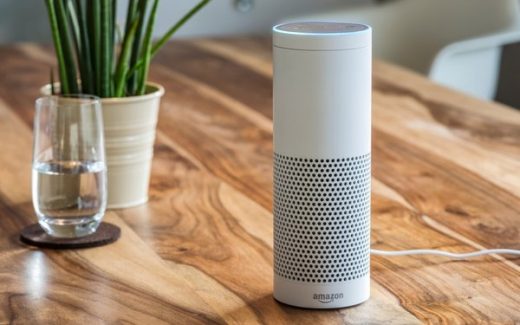Parents — The New Power Users Of Smart Speakers
Parents — The New Power Users Of Smart Speakers
>

As more consumers acquire voice-activated speakers, some patterns of usage are starting to emerge.
One difference now noted is between usage by parents and non-parents.
It turns out that parents have become voice-assistance power users, based on a Google study that surveyed 1,600 U.S. adults who are active users of voice-activated speakers Amazon Echo or Google Home.
In every category measured, parents conducted more voice-activated tasks weekly than non-parents. Here are the tasks done with smart speakers at least weekly by parents:
- 71% — Create to-do lists
- 70% — Manage calendar
- 70% — Check sports scores
- 69% — Search for information about local places
- 68% — Use a calculator, conversions, etc.
For non-parents, just over half (52%) have done the four first tasks at least weekly and 48% have done the last activity, using a calculator.
Parents also are more likely to use their voice-activated speakers throughout the day. The majority (78%) of parents typically use their smart speakers as part of their daily routine, compared to 67% of non-parents. Most (76%) parents also use the speakers while doing other things, compared to 62% of non-parents.
While parents are busy interacting with smart speakers in the home, so are their children — most notably listening to music through them. Here’s what parents say their children do on their smart speakers:
- 54% — Listen to music
- 53% — Play games, ask to hear jokes
- 43% — Ask for information
- 35% — Play content on TV
- 31% — Use a calculator, conversions, etc.
Rather than being viewed as the latest IoT tech gadgetry of early adopters, parents are figuring out that smart speakers can help make them much more efficient in the course of their day.
The smart speaker is evolving to be an actual digital assistant. The reality is finally matching the marketing.
(20)


